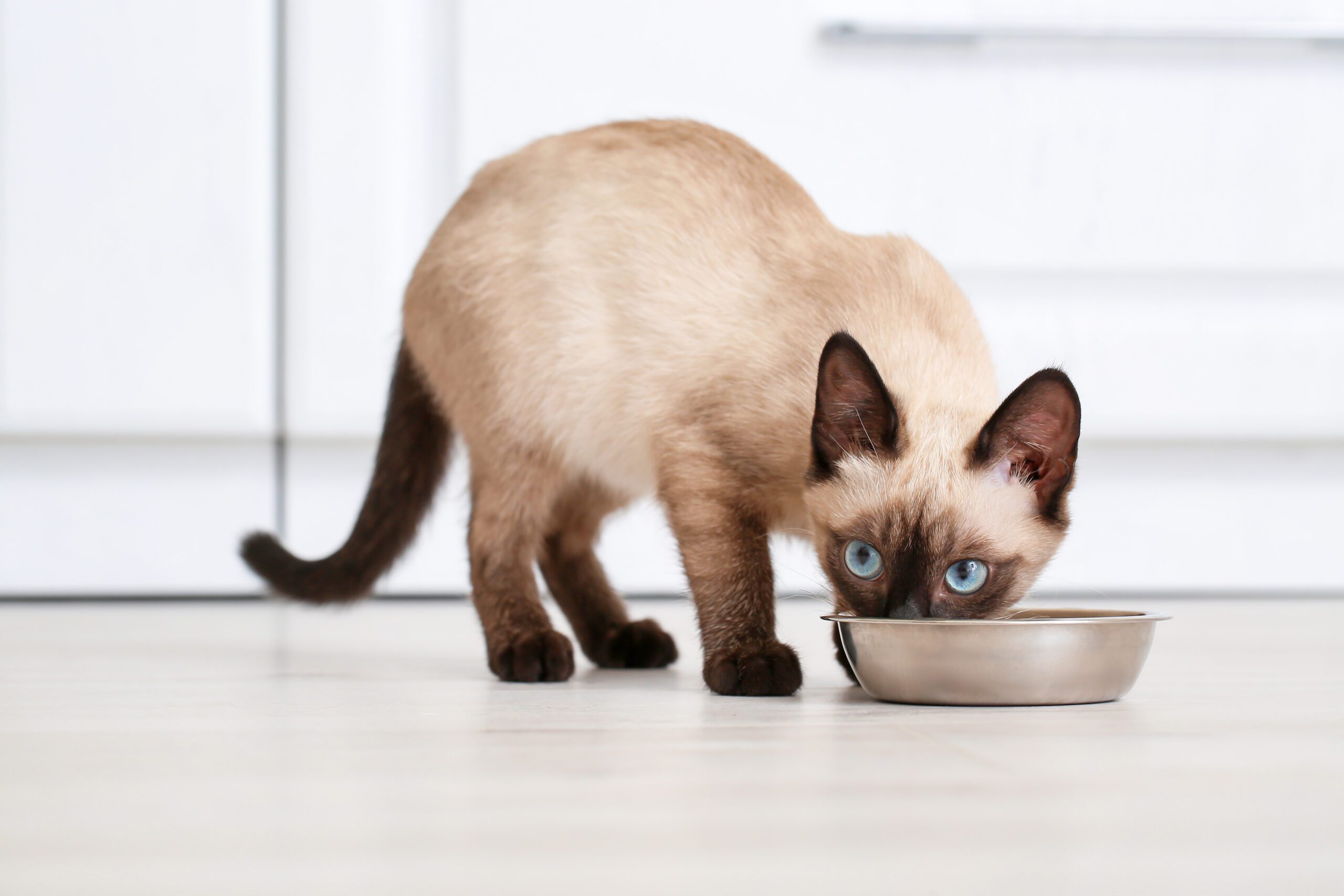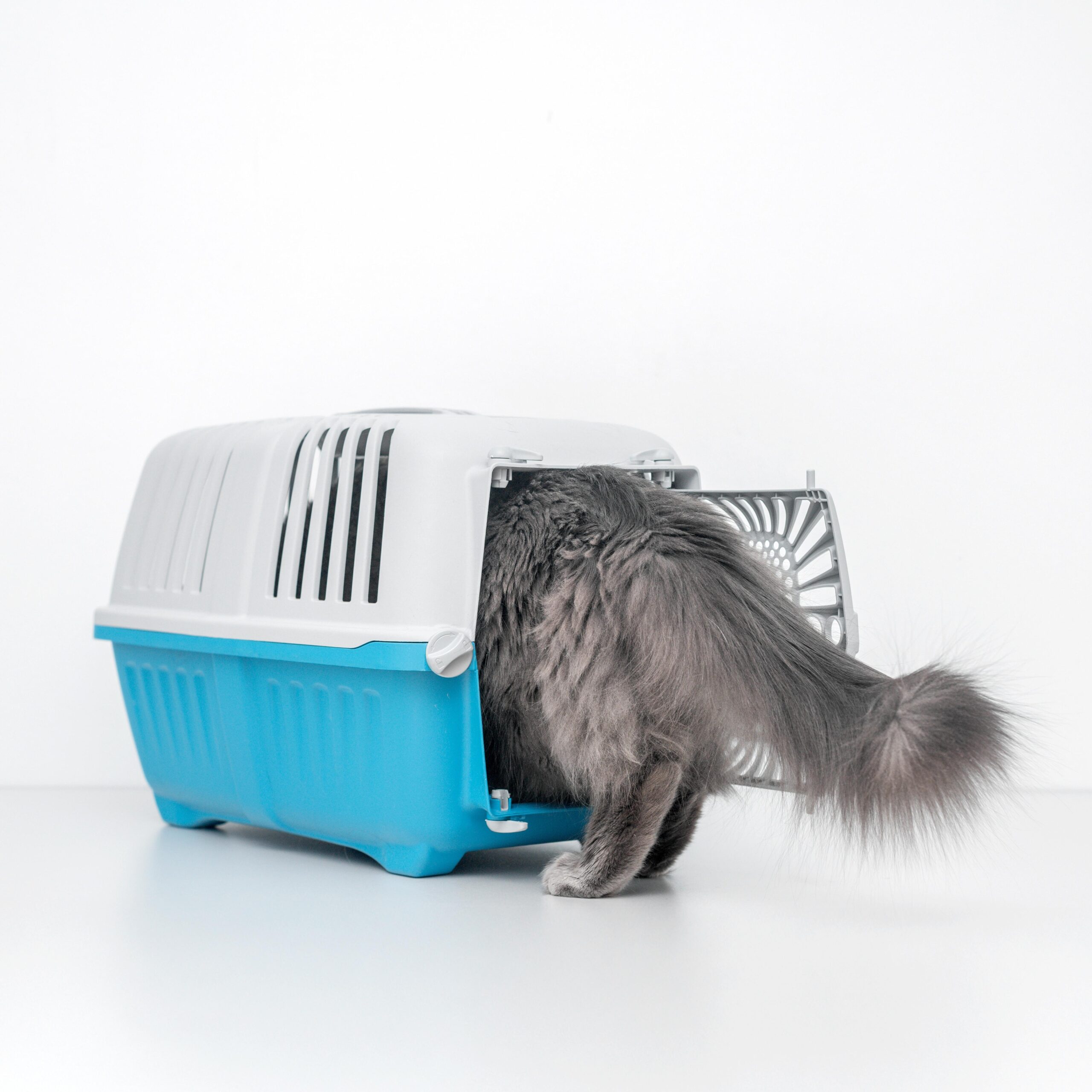Where should my cat live?
Cat ownership has increased in popularity it became much more accepted to have a cat as a pet. What type of environment do they need? What are your responsibilities as a pet owner to meet their environmental needs? Where should your cat live?
History
Our pet cats DNA shows that they are direct descents of the cats found in ancient Egypt. The only small difference in the genetics is that our house cats have evolved to have a tabby coat.
The African Wild Cat is the prehistoric creature from where nearly all cats descended. This includes our domestic cat, lions, and tigers. The African wild cats were first found 12 million years ago. They can still be found today in the Middle East and Africa.
In 400BC the connection between humans and cats started. They began to live with humans in Ancient Egypt. These cats would look for food and rats in the Egyptians grain stores.
Why did we domesticate cats?
Cats were welcomed into the homes of the ancient Egyptians, often to keep away snakes. They were seen as sacred animals that they worshipped and the Egyptians banned them from being taken to other countries.
Around 500AD they were introduced to the whole of Europe. This included the UK. Cats were shipped in from Europe by American Settlers in the 1700’s. They were used to control the plaques of rats. This highlighted to the Americans that cat could become companion animals.
The 1800’s the popularity of cats as pet continued to grow. In 2022 a huge 11.1 million cats are kept as pets, making cat the most popular pet.
Your Responsibilities as an owner
The animal welfare act 2006 makes it an owner’s legal responsibility to provide a suitable environment for their pets. Owners must consider what their pet needs. Where would it be suitable for them to live? How do they provide it and what items they may need?
Suitable Environment
As a cat owner one of the many decisions that requires some thought is where should your cat live? Do you want them to live exclusively indoors or be allowed access to roam freely?
Suitable Shelter
Over the years cats have evolved from hunters to being our companions. Unlike dogs, cats have kept their wild instincts from their ancestors. Whether they are exclusively an indoor cat, or allowed access to the great outdoors, their environment will need suitable to allow them to carry out natural behaviour patterns.
Inside or access to roam?
Cat litter only started to be used in the 1950’s. Up until then owners didn’t have much control over whether they allowed their cat outside. They had to be allowed outside for toileting purposes. Most cat in Europe still do have the freedom to go outside when they want to. Only 10% of UK cats are actually indoor only cats. This percentage is on the increase. Whether your cat is going to be an indoor cat or one that has access to the great outdoors they need to feel protected and secure. A place they can escape to if they feel scared or anxious is essential. The area must be clean, comfortable and quiet so they can rest.
Safety
Your cats safety is important. Although the risk of an indoor cat facing a physical accident maybe less they can still happen. It’s important to make sure they are safe and the environment they live is free from hazards. Cats are naturally inquisitive and will want to explore where they live. Windows and balconies need to be secure. Household and garden chemicals and pesticides also need to be out of reach. Ideally they need a place they can go to if they feel scared or anxious at all times.
Mental Health
The Mental health and emotional wellbeing of your cat is important. Whether they live indoors or have access to the outside this needs to be thought about.
Maintaining good mental health may be more of an issue for an indoor cat than one that goes outside. These cats are less able to exhibit their natural behaviours. This can lead to them becoming frustrated as they are unable to carry out behaviours that are instinctive to them. This causes behavioural issues. A owners it is up to us to ensure their environment is stimulating, and that cats are able to carry out their natural behaviours. These are behaviours like climbing and scratching. They should also be provided with an area they can feel protected and secure in.
Suitable Bedding
There are many types of cat beds available to choose from in modern pet stores. These range from up in the air tree beds, to a simple blanket. There may be factors you need to consider when choosing a suitable bed for your cat. They may require a certain type of fabric due to disease or illness. Elderly cats may benefit from a heated bed with extra padding. Cats with mobility issues need a bed that is easy for them to get in and out of. A young cat may need to have a bed that is durable to survive scratching and biting. All beds and bedding should be easy to clean and durable.
Positioning
Positioning of a cat bed is also an important consideration. Some cats prefer to sleep up high other like somewhere hidden away, other may prefer a bed with a view.
Caution
Some of the more elaborate bedding options may seem fun, but they can be unsuitable and even hazardous, especially if your cat is prone to chewing. Always remove chewed, torn or frayed bedding to prevent ingestion. Fabric and stuffing can cause gastrointestinal blockage, and this can cause fatalities.
These are all basic needs relating to where a cat should live. As an owner we need to make sure that these are provided. Essential considerations are protection, safety, and shelter. The environment needs to be warm, dry, and clean. This is is crucial for your cats health and wellbeing.





